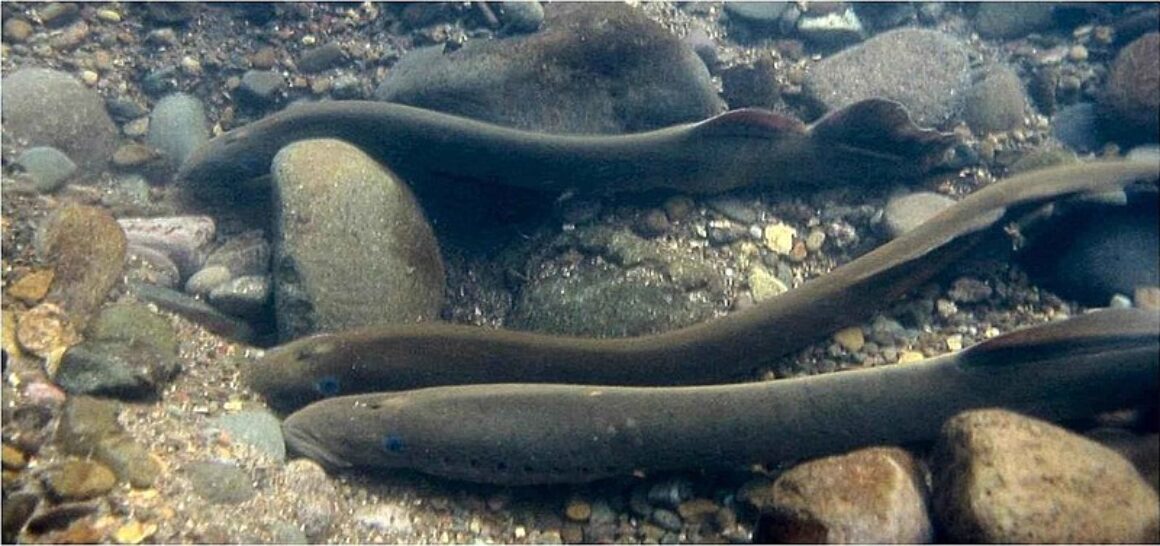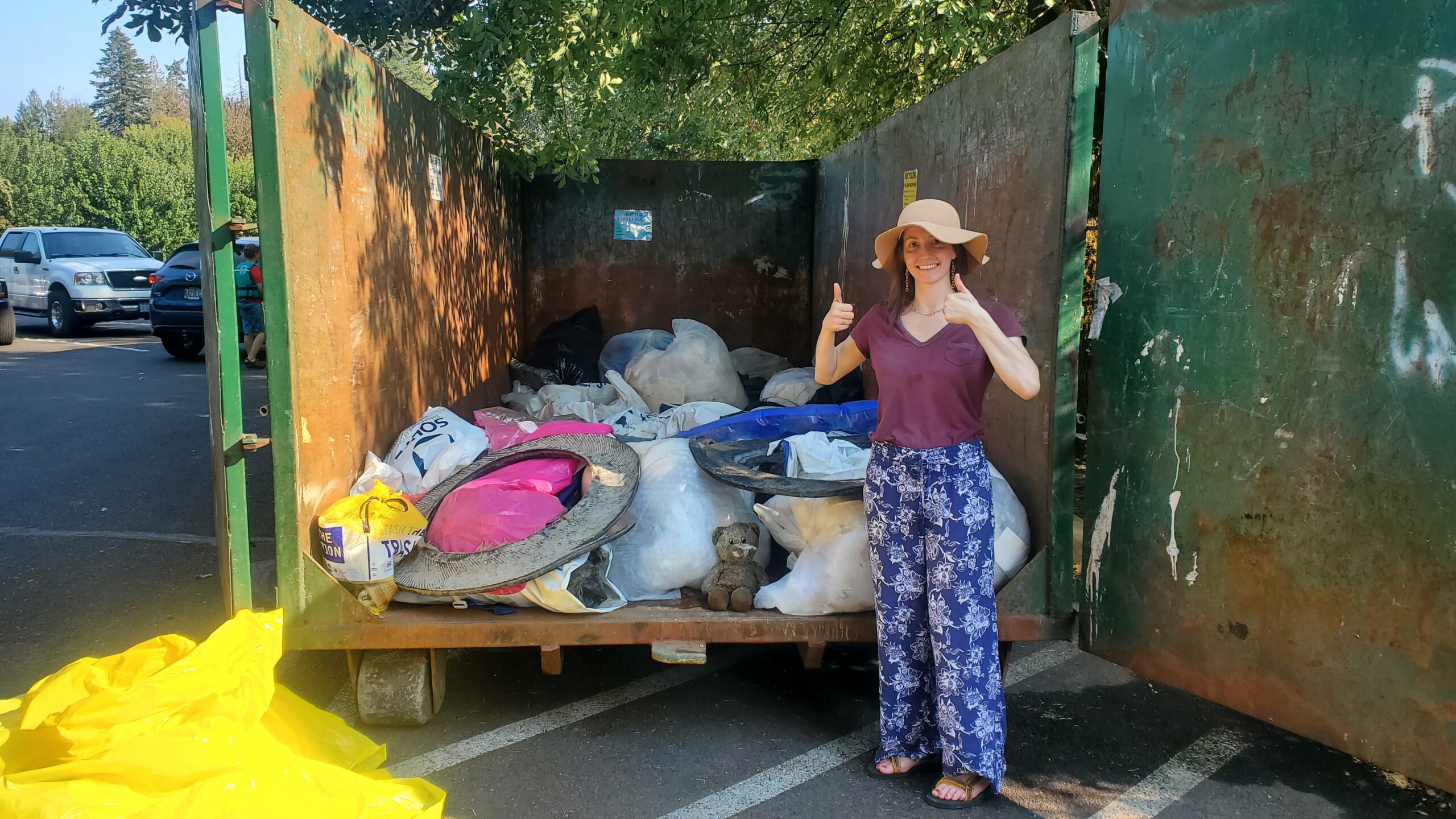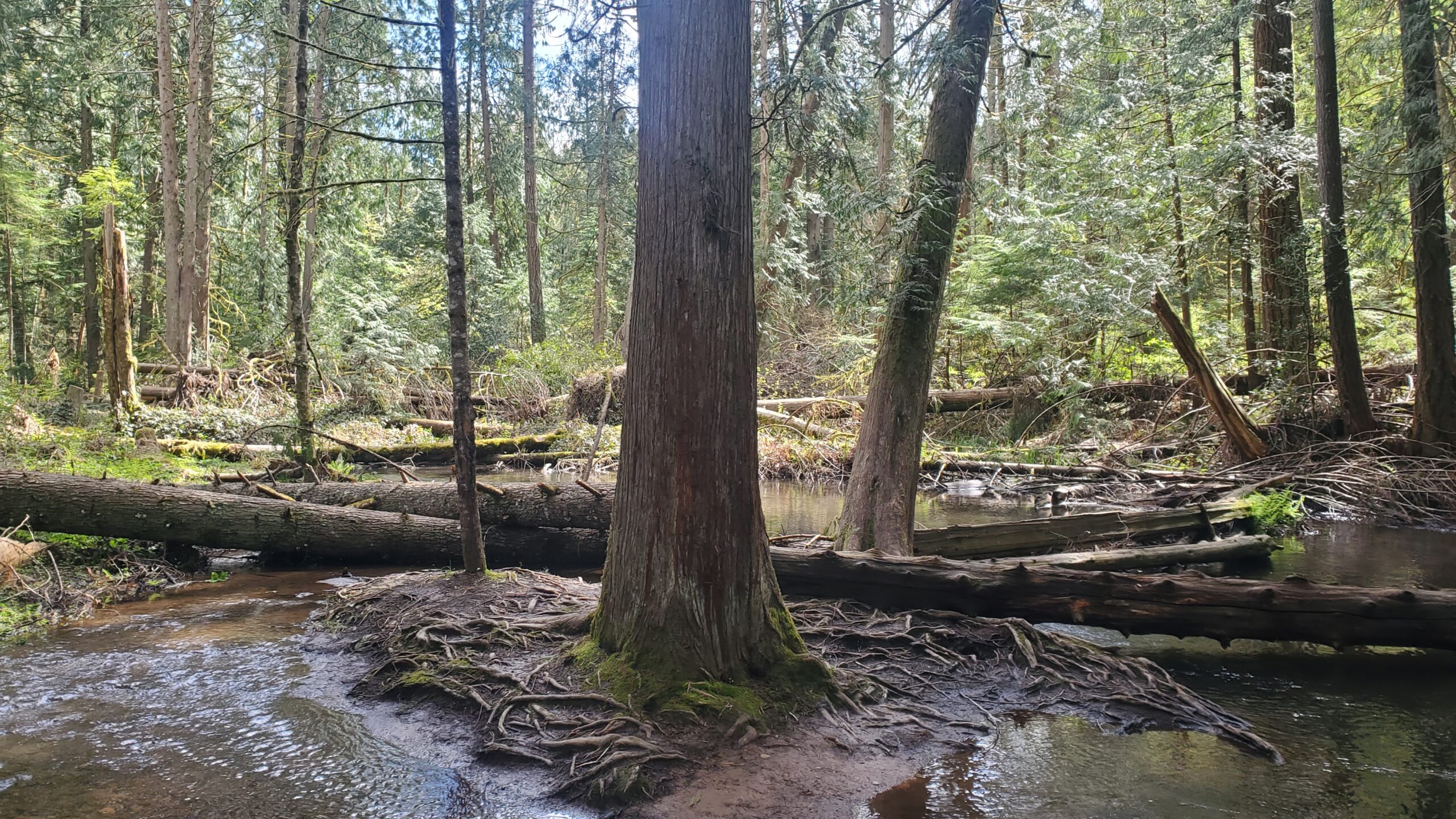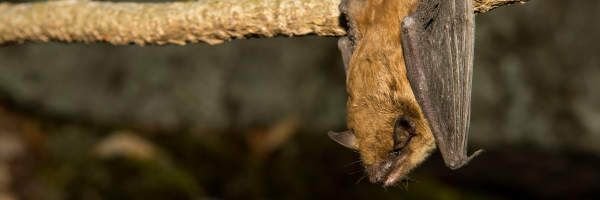Pacific Lamprey in the Clackamas River
Thank you to CRBC Board Member Nick Ackerman for contributing this post.
The start of summer means that Pacific Lamprey are on the move in the Clackamas River. Lampreys are a strange looking fish at first sight. Eel-like with a round suction-cup mouth and sharp teeth; pores instead of gill slits. Parasites as adults in the ocean, they are often viewed initially in an unsavory light. However, these ancient fish play an important role in our riverine ecosystems. As larva, young Pacific lamprey spend years filter feeding in the river sediments. Sometimes serving as prey for larger fish, they help to transition nutrients up the food chain. As adults they bring ocean derived nutrients into freshwater ecosystems.
Like salmon and steelhead their life journey includes time in both freshwater and the ocean. Unlike salmon and steelhead, Pacific lamprey do not return to the stream from which they were spawned. Rather, when returning they take a more opportunistic (or perhaps haphazard) approach. While they generally return to the same Pacific region from which they came, it is not uncommon, for example, for lampreys spawned in British Columbia to return to the Columbia River basin as adults or vice versa.
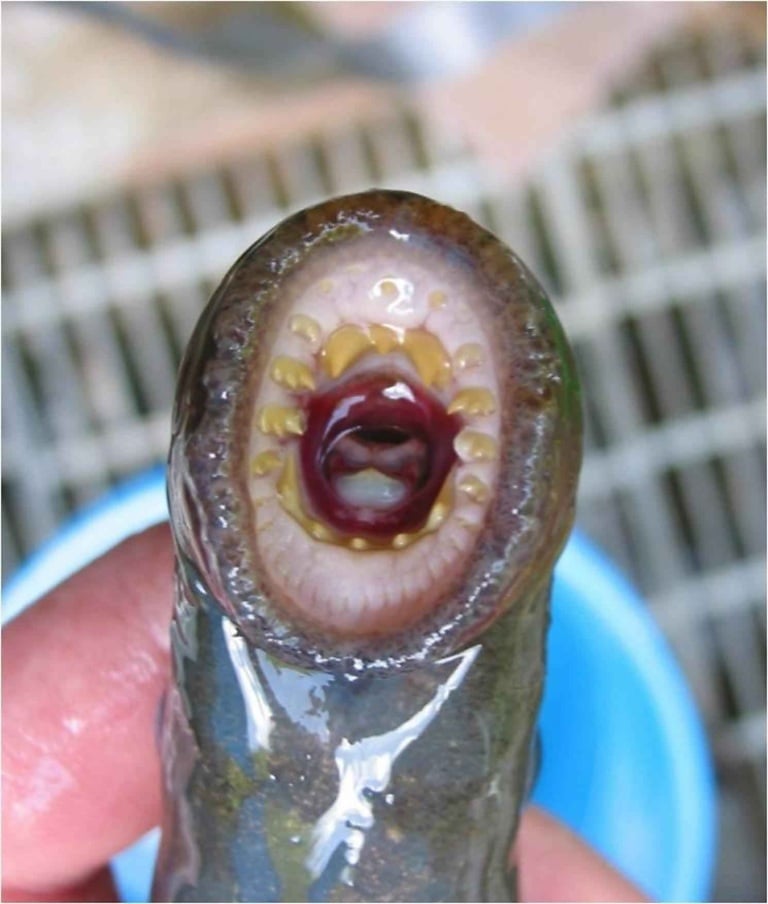
Pacific lamprey in the Clackamas basin begin to return to the lower river as early as April or May. Their peak movement at Portland General Electric’s fish ladders at River Mill and North Fork Dams are in June and July. By mid-August returning fish begin to settle in, seeking refuge for the ensuing fall and winter, biding their time until spawning season the following spring. Lamprey may be found in most major tributaries of the lower Clackamas. Tracking studies have followed migrating adults as far upstream in the mainstem Clackamas as the Collawash River. As a general rule, wherever one can find steelhead, one may find Pacific lamprey.
Each female lamprey is highly fecund, producing as many as 230,000 eggs. The parents create round redds (or nests) by moving rocks with their mouths and arranging them as they see fit. After spawning, the adults die leaving behind the genetic code instructing their offspring on how to repeat the cycle. Like salmon and steelhead, populations of Pacific lamprey have declined significantly over the past century. However, in the last twenty years or so an appreciation for these fish has grown and more emphasis is placed on their recovery now than ever. Habitat restoration actions that replenish large wood supplies and improve off-channel habitat connectivity are expected to confer benefits to not only salmon and steelhead, but to Pacific lamprey as well. To learn more about how the Clackamas River Basin Council is contributing to recovery of native fish populations in the Clackamas Basin, check out other great articles on the CRBC website describing habitat restoration Projects implemented by the Council.

